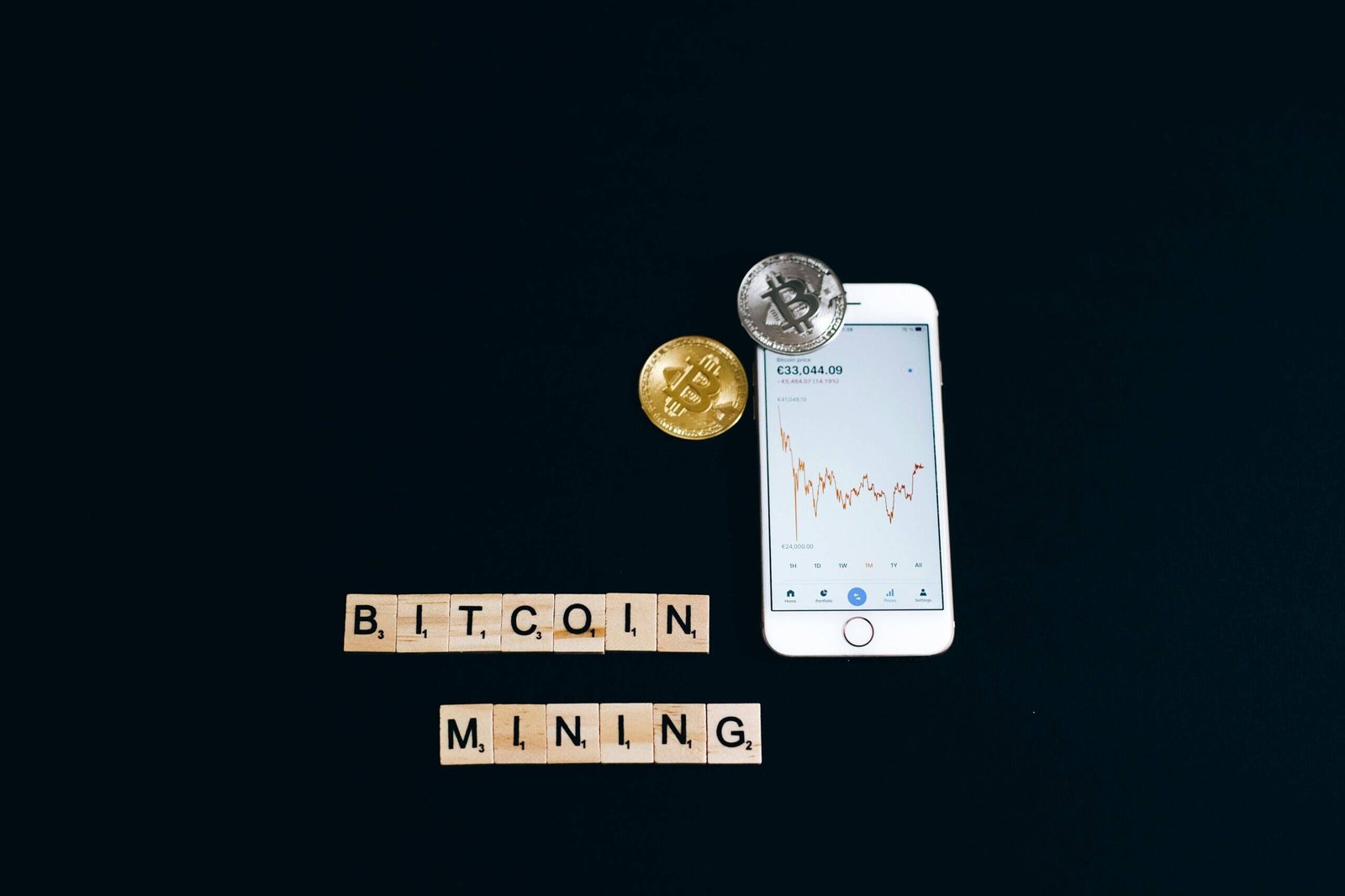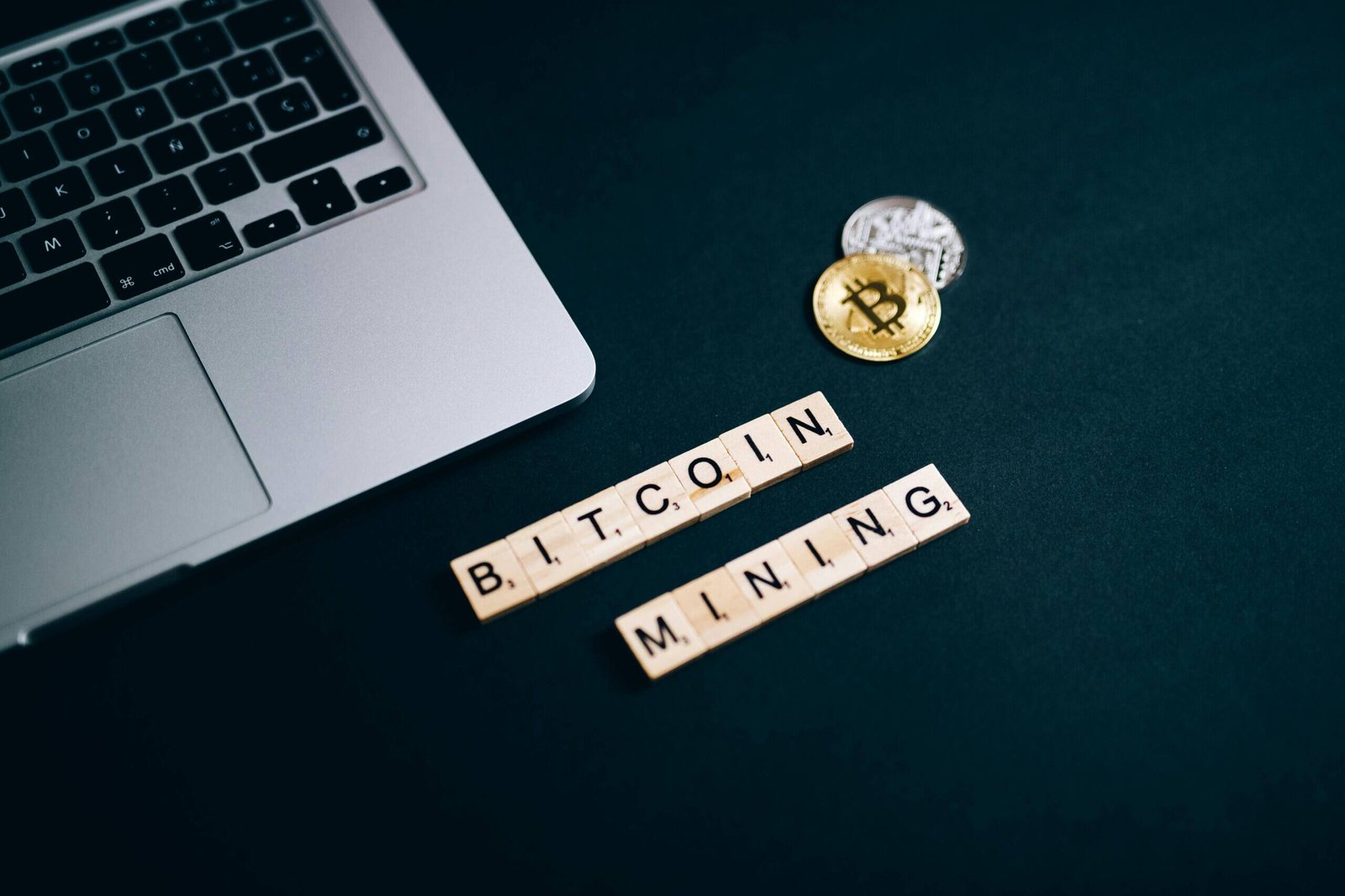Cryptocurrency mining is one of the key ways new coins enter circulation—but unlike traditional mining for gold or silver, you don’t need a pickaxe or shovel. All you need is the right hardware, some technical know-how, and the patience to set up your mining operation properly.
In this guide, you’ll learn exactly how to start mining cryptocurrency in 2025—from equipment setup to profitability analysis—so you can decide if it’s the right path for you.
Key Points
-
Cryptocurrency mining requires a wallet, mining software, and specialized hardware.
-
The more advanced your setup, the higher your earning potential—but also the greater your upfront investment.
-
Joining a mining pool can help smaller miners earn consistent returns.
-
Not all cryptocurrencies can be mined, and profitability varies by coin and algorithm.
-
Always weigh your setup costs against expected returns before getting started.
What Is Crypto Mining?
Cryptocurrency mining is the process of validating blockchain transactions and securing a network. Miners compete to solve complex cryptographic puzzles; the first to solve it earns the reward in crypto—such as Bitcoin, Monero, or Litecoin.
Unlike early days when mining from a laptop was possible, modern mining has become highly competitive, often requiring dedicated machines and access to cheap electricity.
Fun Fact: Not all cryptocurrencies are mineable—many newer coins use other consensus mechanisms like Proof-of-Stake.
First Step: Understand What You’re Mining
Before buying hardware or installing software, you need to decide which cryptocurrency you want to mine. Some options include:
-
Bitcoin (BTC) – highly competitive, ASIC-only.
-
Ethereum Classic (ETC) – can be mined with GPUs.
-
Monero (XMR) – known for privacy; mineable with CPUs and GPUs.
-
Litecoin (LTC) – based on Scrypt algorithm; ASICs recommended.
Each coin has its own algorithm and difficulty level, which affects the hardware you need and your profitability.
What You Need to Start Mining Cryptocurrency
1. A Cryptocurrency Wallet
This is where you’ll store your earnings securely. You can choose between:
-
Hot Wallets (online): Easier to access, less secure.
-
Cold Wallets (offline): More secure; ideal for long-term storage.
Popular cold wallets include Ledger and Trezor.
2. Mining Software
Mining software connects your hardware to the blockchain or mining pool. Some popular options include:
-
CGMiner
-
NiceHash
-
BFGMiner
-
PhoenixMiner
Choose one based on your coin, operating system, and hardware compatibility.
3. Mining Hardware
This is where most of your cost will go. Your options:
ASIC Miners
Designed specifically for mining. Examples:
-
Bitmain S19 XP (141 TH/s) – ~$4,600
-
Bitmain S21 (200 TH/s) – ~$7,000
-
S21 Hydro (335 TH/s) – ~$11,000+
ASICs are efficient but expensive and tailored to specific algorithms like SHA-256.
GPU Mining Rigs
You can build a custom rig with multiple GPUs. Example setup:
-
4x Nvidia RTX 4090 – ~$1,700 each
-
Total cost: ~$8,000+
-
Estimated return: ~$3.89/day (NiceHash pool, Oct 2024)
-
Time to break even: ~5.6 years
While GPUs are versatile, they’re less efficient than ASICs for most coins.
Cost Breakdown: Building Your Own Mining Rig
Aside from the GPUs or ASICs, you’ll also need:
-
Motherboard
-
Power Supply Unit (PSU)
-
Processor (CPU)
-
RAM and Storage
-
Cooling System
Expect to spend several thousand dollars, depending on the build. And remember—hardware wears out after 24/7 operation and may need replacing in a few years.
What Is Hash Rate, and Why Does It Matter?
Hash rate refers to how many calculations your mining hardware can perform per second. Higher hash rates mean better chances of solving the cryptographic puzzle first.
But no matter how powerful your setup is, it likely can’t compete with massive mining farms or pools. For example:
-
Foundry USA: ~197 EH/s (Oct 2024)
-
F2Pool: ~64 EH/s
To match Foundry USA, you’d need nearly 1 million S21 miners—an investment of over $6 billion.
Join a Mining Pool for Better Results
For solo miners, joining a mining pool is often the only realistic option. Pools let you combine your hash power with others, increasing your chances of earning consistent payouts.
Top Pools:
-
NiceHash
-
Slush Pool
-
F2Pool
-
AntPool
While your share of profits is smaller, the consistent income helps you recover your investment faster.
Is Mining Still Profitable?
It depends on:
-
Electricity cost
-
Hardware efficiency
-
Pool fees
-
Crypto price
-
Mining difficulty
Use calculators from sites like NiceHash Profitability Calculator to estimate your earnings and break-even timeline.
⚠️ Example: 4x RTX 4090 earns $3.89/day → ~15,384 days to mine 1 BTC
(Assuming 0.000065 BTC/day, Oct 2024 data)
Legal Considerations of Crypto Mining
Crypto mining is legal in most countries, but regulations are evolving. Some countries restrict mining due to energy consumption concerns or have introduced heavy taxation.
Make sure to check your local laws before investing in equipment or starting a large-scale operation.
Final Thoughts: Should You Start Mining?
Mining cryptocurrency can be exciting and potentially profitable—but only if you understand the costs and challenges involved.
If you’re:
-
A tech-savvy individual with access to cheap electricity
-
Willing to invest in hardware
-
Open to joining a mining pool
→ Then mining could be worth exploring.
Otherwise, you may want to consider alternatives like staking, cloud mining, or simply buying crypto and holding.
FAQs About Mining Crypto
Q: How long does it take to mine 1 Bitcoin?
A: At 0.000065 BTC/day, it could take over 42 years on a standard 4-GPU rig.
Q: Can I still mine from home?
A: Yes, but expect low returns unless you have industrial-grade hardware or join a pool.
Q: Is it better to buy crypto or mine it?
A: For many people, buying may be more cost-effective due to hardware and electricity costs.
Q: Do I need to pay tax on mined crypto?
A: In most countries, yes. Mined coins are typically considered taxable income.



